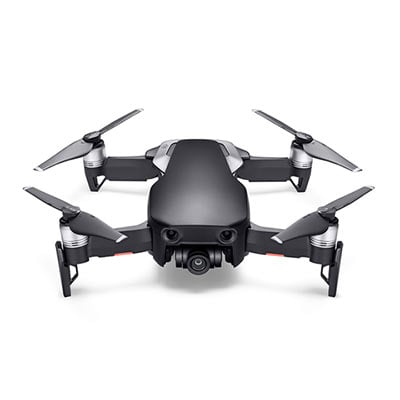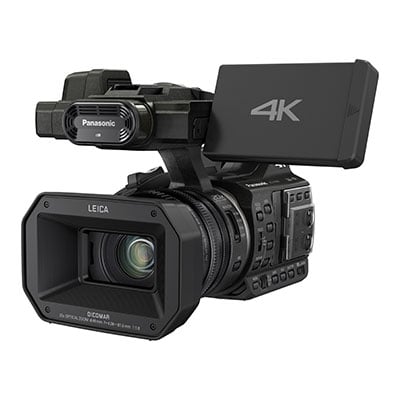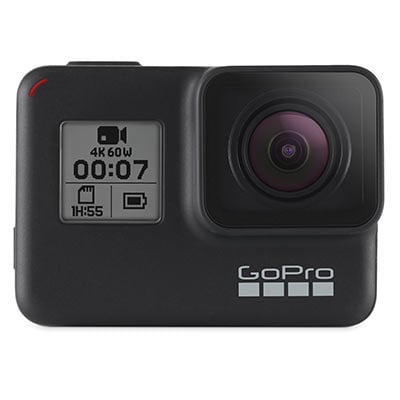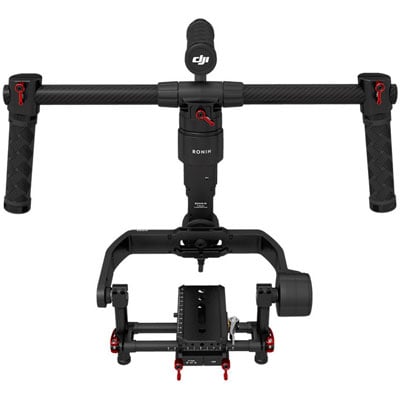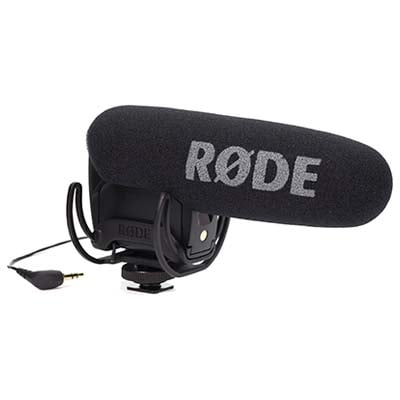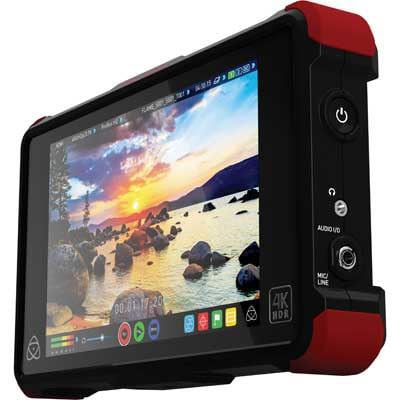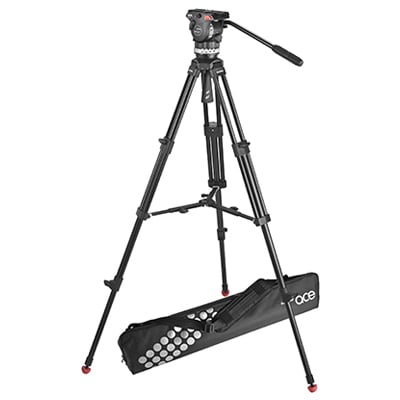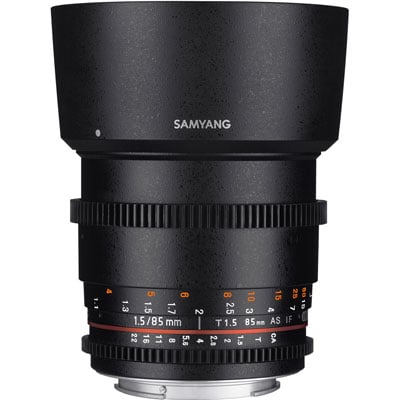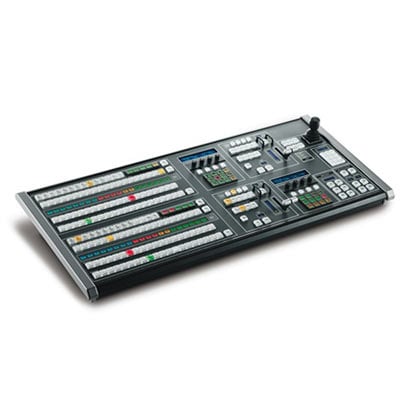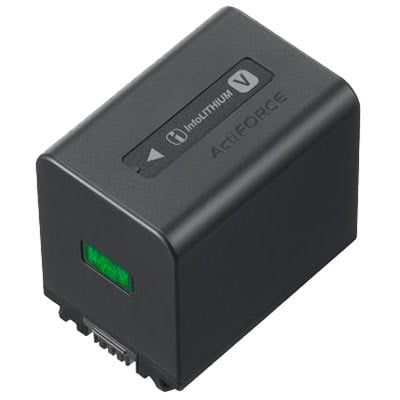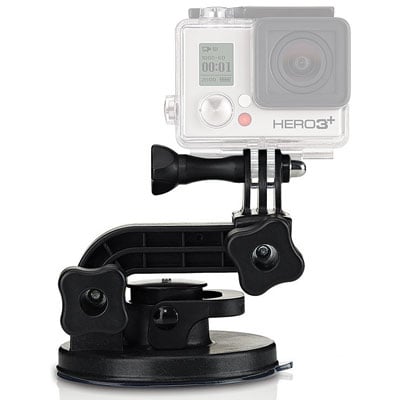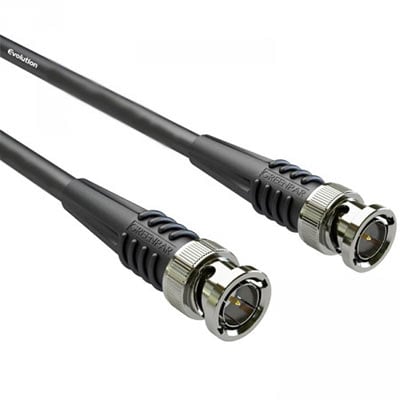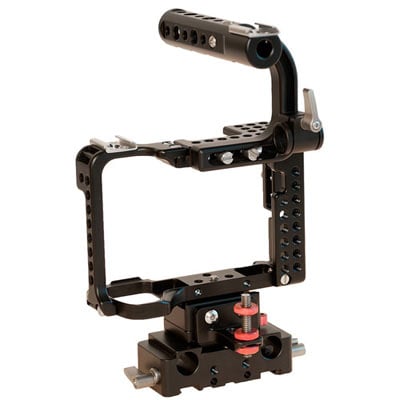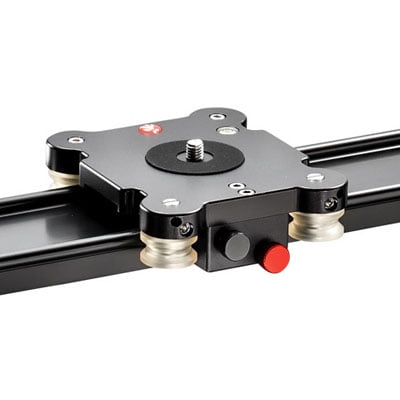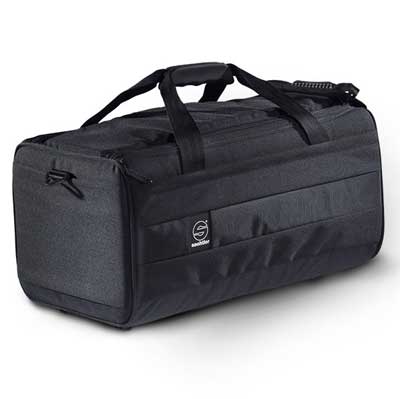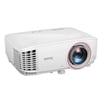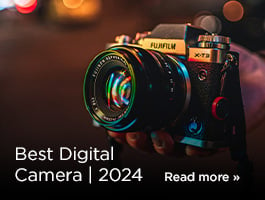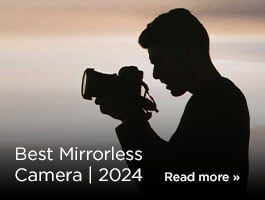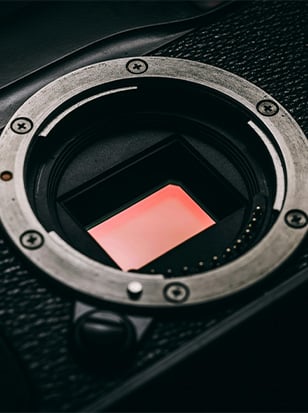
The thriller series Severance just wrapped up its second season on AppleTV+, the streaming service that spends boatloads of cash on shows and movies that, relatively speaking, very few people watch. And to that I’d just like to say: good. Fantastic. I hope they never stop. Because whatever your opinion of Severance as a story, one thing that I think is very hard to argue against is that it’s the best-looking show on television right now, and I wish that every show put as much care, love and craft into its visuals as Severance does.

Credit: AppleTV+
Severance, created by Dan Erickson and executive produced by Ben Stiller, stars Adam Scott as an employee of the mysterious cult-like corporation Lumon. Scott’s character and several others have undergone an invasive medical procedure that severs their consciousness into two parts, one at work, the other outside it. The two parts, referred to in the show as “innies” and “outies”, are each unable to access the memories of the other, and the show’s twisty plot follows their attempts to uncover the real motivations of Lumon.
The show therefore has two quite distinct visual strands. There’s the sterile office environment inside Lumon where the innies spend effectively their entire lives, and the barren, snowy exteriors of the company town that houses the outies. The cinematographer of the show is Jessica Lee Gagné, and she does an incredible job of making these two environments look distinctive and compelling.

Severance cinematographer Jessica Lee Gagné on set with executive producer Ben Stiller.
One of the keys to Gagné’s success is that she has taken a great deal of inspiration from photography. In interviews, she has discussed the challenge of making an office look interesting, and she says that from early on in the production, she and Ben Stiller had started collecting photographs of offices in order to nail down the look they wanted to go for. Gagné has cited a few specific photographic series in particular — Lee Friedlander’s “Cray at Chippewa Falls” and Lewis Baltz’s “Sites of Technology”. However, the one that makes me instantly think “that’s Severance” the second I see it is Lars Tunbjörk’s series “Office”.
In the early 1990s, Tunbjörk finagled his way into various corporate headquarters to photograph the emptying offices of stockbrokers and insurance agents, from Japan to America and Sweden. His images depict abandoned desks, forgotten reams of paper, endless stretches of vacuumed carpet. They have a deep sense of emptiness that also pervades the office environments in Severance. Lumon’s office of macrodata refinement, where Scott’s character Mark Scout and his three colleagues work, is much larger than necessary, and Gagné’s camera makes the most of all this empty space to create this pervasive, unsettling sense of bleak hostility.

Credit: AppleTV+
Gagné shoots on a Sony Venice camera with a selection of Panavision C anamorphic lenses, as well as some 50-500mm zoom lenses. She tends to favour wider lenses when shooting the interior scenes, and longer lenses on the outside, and when the narrative shifts from one world to the other (which happens in the elevator to the office), it is visually conveyed through a classic camera trick — a dolly zoom. Also known as a “zolly”, the technique involves zooming in with a long lens while dollying the camera in the opposite direction, creating a disorienting effect where the background of the image radically changes. It was pioneered by cinematographer Irmin Roberts for Alfred Hitchcock’s 1958 film Vertigo, which is why you’ll sometimes see it referred to as a “Hitchcock zoom”. However, probably the most famous use is in Steven Spielberg’s Jaws.
Ultimately, though, what impresses so much about Severance’s visuals isn’t just the spectacular landscapes or cool camera tricks — it’s that every shot and every environment is visually compelling. It’s not controversial to say that a lot of streaming shows and movies look quite bland and sterile at the moment. The lighting tends to be flat and even, probably because dynamic lighting is hard to replicate in digital backgrounds. Colour grading is mushy and indistinct, and shot compositions are often dull and lacklustre with characters dumped in the middle of the frame (my conspiracy theory is that this is because it makes them easier to crop vertically for posting on TikTok).
For a detailed breakdown of the state of streaming, I really recommend the long-read ‘Casual Viewing’ by Will Tavlin at n+1, which does a deep-dive into the original movie production line at Netflix and does its best to explain, in short, “why Netflix looks like that”.
Severance, by contrast, is such a breath of fresh air. The last show I watched where I remember noticing such care and craft in the cinematography was AMC’s Better Call Saul, which I’d really recommend revisiting (or checking out for the first time) if you’re jonesing for some more great-looking TV now that Severance has wrapped up its second season.

Credit: AMC
And if you haven’t watched Severance, all I can say is — watch it! A third season has already been confirmed, and if you’re getting sick of shows and movies that don’t seem to care about visual craft, the best thing you can do is give your eyeballs and dollars to one that does.
About the Author
Jon Stapley is a London-based freelance writer and journalist who covers photography, art and technology. When not writing about cameras, Jon is a keen photographer who captures the world using his Olympus XA2. His creativity extends to works of fiction and other creative writing, all of which can be found on his website www.jonstapley.com



